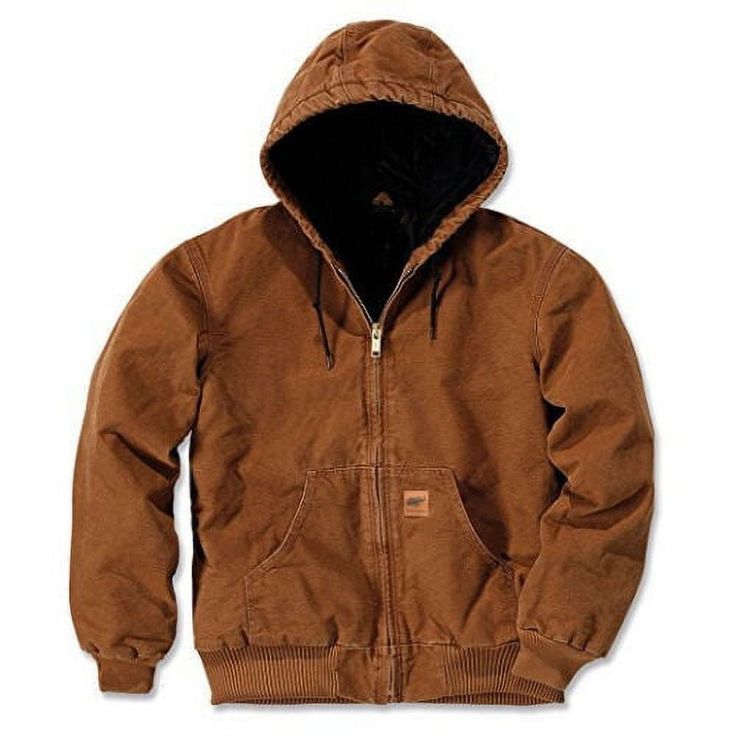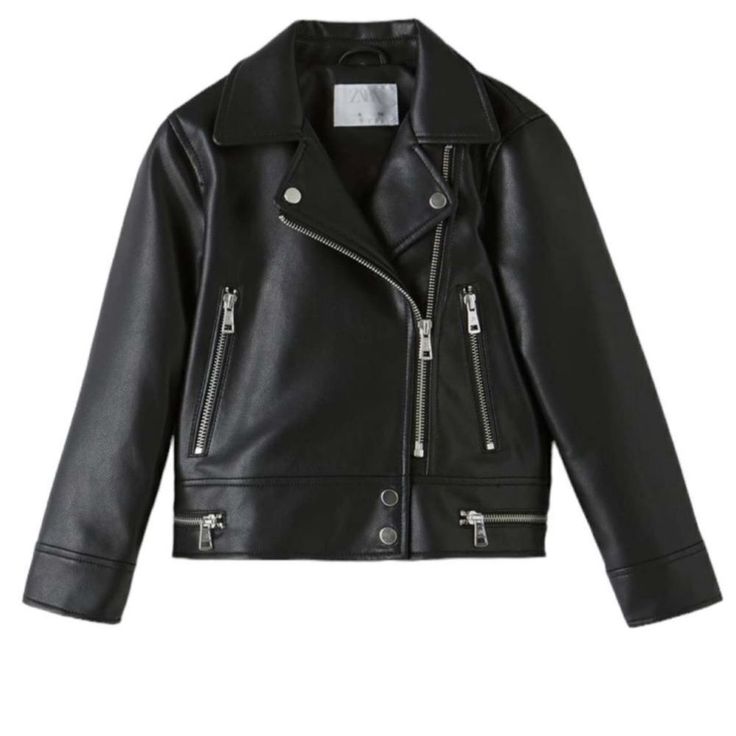
The Evolution of Jean Jackets in Men’s Fashion
Jean jackets have journeyed through fashion time. They began as rugged wear for miners in the late 1800s. Over the decades, their appeal broadened, embracing not just workers but also celebrities and everyday men. By the 1950s, men’s jean jackets symbolized youthful rebellion, thanks to movie stars like James Dean. The ’70s and ’80s saw them reimagined with patches and embellishments, reflecting rock and pop culture influences.
The 2000s witnessed a sleeker approach, incorporating darker denims and tailored cuts. This brought the jean jacket into office settings and upscale venues. Today, men’s jean jackets blend historic ruggedness with modern style. They suit various occasions, from casual outings to more formal events. Designers for 2024 are focusing on versatility, eco-friendly materials, and innovative designs to redefine this timeless piece.

Key Features to Look for in 2024’s Jean Jackets
As we embrace 2024, the men’s jean jackets landscape is transforming with innovative features that blend aesthetics and functionality. When choosing a jean jacket this year, look out for these key elements that are both trendy and practical:
- Eco-Friendly Materials: Sustainability is crucial in fashion. Seek jackets made from organic or recycled denim. These materials reduce environmental impact without compromising style.
- Stretch Fabric: Comfort meets style with stretch denim. This feature offers ease of movement, making your jean jacket an all-day wear.
- Smart Pockets: Functional storage solutions like hidden pockets or secure zipper compartments are emerging in jean jackets.
- Weather Resistance: A 2024 must-have is a weather-resistant jean jacket. Coatings that repel water or designs that block wind add a practical edge to this classic item.
- Versatility in Color: While traditional blue remains a staple, explore diverse hues. Charcoal, black, and even subtle prints are making a statement.
- Reflective Details: For the style-conscious man, reflective accents provide visibility and a modern touch.
- Tailored Fit: Gone are the days of the one-size-fits-all jacket. Look for pieces that offer a tailored fit to enhance your physique.
Prioritize these features when shopping for mmen’s jean jackets in 2024 to stay ahead in the fashion game. With these tips, you’ll find a jacket that is not only stylish but also tailored to meet the modern man’s needs.
How to Style Jean Jackets for Different Occasions
Men’s jean jackets are versatile pieces for any wardrobe. Let’s explore how to style them for various settings:
Casual Outings
For a laid-back look, pair your jean jacket with a plain t-shirt, chinos, or jeans. Choose light-colored sneakers or loafers to keep it casual and comfortable.
At the Office
Select a dark denim jacket for a refined look. Combine it with a collared shirt, tailored trousers, and dress shoes. This ensemble works well for a smart-casual dress code.
Social Events
Opt for a jean jacket with unique features like a tailored fit or subtle patterns. Layer it over a polo or a button-down shirt. Add chinos and derby shoes to elevate your style.
Date Night
Impress with a black or charcoal jean jacket. Pair it with a nice sweater or a crisp white shirt underneath. Slim-fit trousers and loafers will complete this sharp look.
Outdoor Adventures
Choose a rugged jean jacket with weather resistance. Wear it with thermal wear, durable pants, and boots. This outfit is perfect for keeping stylish and practical in the outdoors.
By mastering these styles, your jean jacket will always make the right statement, no matter the occasion.

Denim on Denim: Tips and Tricks for Men
Pulling off the denim on denim look can be a style challenge, but it’s definitely achievable with the right tips. Here’s how to master the double denim trend:
- Mix Washes: The key to nailing the denim on denim ensemble is to contrast different shades of blue. Try pairing a light wash jean jacket with dark wash jeans to avoid a monotonous look.
- Break It Up: Introduce a break in your outfit with a neutral-colored belt or a shirt. This creates a visual separation between the two denim pieces.
- Play with Fits: Combine different fits for a dynamic look. A tailored jean jacket with relaxed jeans, or vice versa, can add an interesting dimension to your outfit.
- Accessorize Wisely: Choose accessories that complement, not compete with, your denim. Leather boots, a canvas watch strap, or a simple cap can add the right finish.
- Confidence is Key: The most important aspect of fashion is to wear your outfit with confidence. If you feel good in your denim on denim, it shows.
Remember these tips when you put together your denim on denim look. With these tricks, men jean jackets can play a central role in a fashion-forward, cohesive outfit.
Must-Have Jean Jacket Styles for the Fashion-Forward Man
In 2024, the fashion-forward man’s wardrobe isn’t complete without these must-have men jean jacket styles:
- The Classic Blue Denim: A timeless essential, the classic blue jean jacket pairs with virtually everything.
- The Black Denim Variant: Offers a sleek, minimalist look. It’s perfect for evening events or a stylish office day.
- The Distressed Jean Jacket: Features rips and faded areas for an edgy, lived-in appeal.
- The Oversized Jacket: It’s all about comfort and cool, laying perfectly over sweatshirts or hoodies.
- The Trucker Jacket Style: Its signature flap pockets and tailored fit work well for a smart, yet casual guise.
- The Patterned Denim Jacket: Whether it’s stripes, prints, or subtle embossing, patterns add character to your outfit.
- The Colored Denim: Move beyond blue with shades of grey, green, or even pastel colors for a bold fashion statement.
Each style serves a purpose and suits different preferences. Mix and match these with confidence, for a wardrobe that’s as versatile as it is stylish.
Accessorizing Your Jean Jacket: Do’s and Don’ts
Accessorizing men jean jackets can enhance your style greatly. Here are simple do’s and don’ts to remember:
Do: Choose the Right Accessories
Opt for accessories that complement rather than overpower. Leather belts, simple watches, and sunglasses suit well. These items add a touch of elegance to your jean jacket.
Do: Consider Footwear
Shoes can make or break an outfit. For a casual look, go with sneakers or loafers. For a sharper look, try boots or dress shoes.
Don’t: Overdo It
Keep it simple. Avoid overloading with heavy chains, bold hats, or too many colors. An overloaded look distracts from the jacket itself.
Don’t: Ignore the Occasion
Tailor your accessories to the setting. A baseball cap fits casual outings but might not suit an office setting. Always consider where you are heading.
By following these tips, you can perfectly accessorize your men jean jacket for any occasion.
Care and Maintenance of Your Jean Jacket
Proper care extends the life of men jean jackets. Follow these essential tips:
- Wash Sparingly: Jean jackets don’t need frequent washing. This preserves the color and fabric. Wash only when necessary.
- Cold Water Wash: Always use cold water to prevent shrinking and fading. Turn your jacket inside out to protect the outer side.
- Avoid the Dryer: Air dry your jean jacket. Heat from dryers can harm its fibers. Instead, hang it in a well-ventilated area.
- Spot Cleaning: For small stains, use mild soap and a soft cloth. This method targets stains without a full wash.
- Storage: Store your jacket in a cool, dry place. Hang it on a padded hanger to maintain its shape. Avoid folding to prevent creases.
With consistent care, your jean jacket will continue to look great year after year.
The Best Brands for Men’s Jean Jackets in 2024
When shopping for men jean jackets in 2024, picking a brand that combines style with quality is key. Here are the top brands known for their outstanding jean jackets this year:
- Levi’s: Synonymous with denim, Levi’s offers a range of both classic and modern jean jackets. Their options cater to sustainability as well, using recycled materials.
- Diesel: Known for its rugged and stylish denim, Diesel’s jean jackets come with distinctive designs and excellent durability.
- Wrangler: Wrangler remains a go-to for those seeking toughness in their attire. Their jackets excel in both comfort and fashion.
- Tommy Hilfiger: If you’re looking for a mix of premium quality and contemporary style, Tommy Hilfiger’s line of jean jackets are a perfect choice.
- Guess: Popular for integrating trendy elements, Guess jackets are great for fashion-forward individuals.
- GAP: Known for classic styles at affordable prices. Their eco-friendly approach to fabrication aligns with modern sustainability trends.
- Lee: Offers a wide array of jean jackets well-suited for various body types, promoting both style and comfort.
Consider these brands when you’re searching for a jean jacket in 2024. They promise quality, style, and durability to fit the modern man’s wardrobe needs.
May your days be merry and bright this holiday season!




























